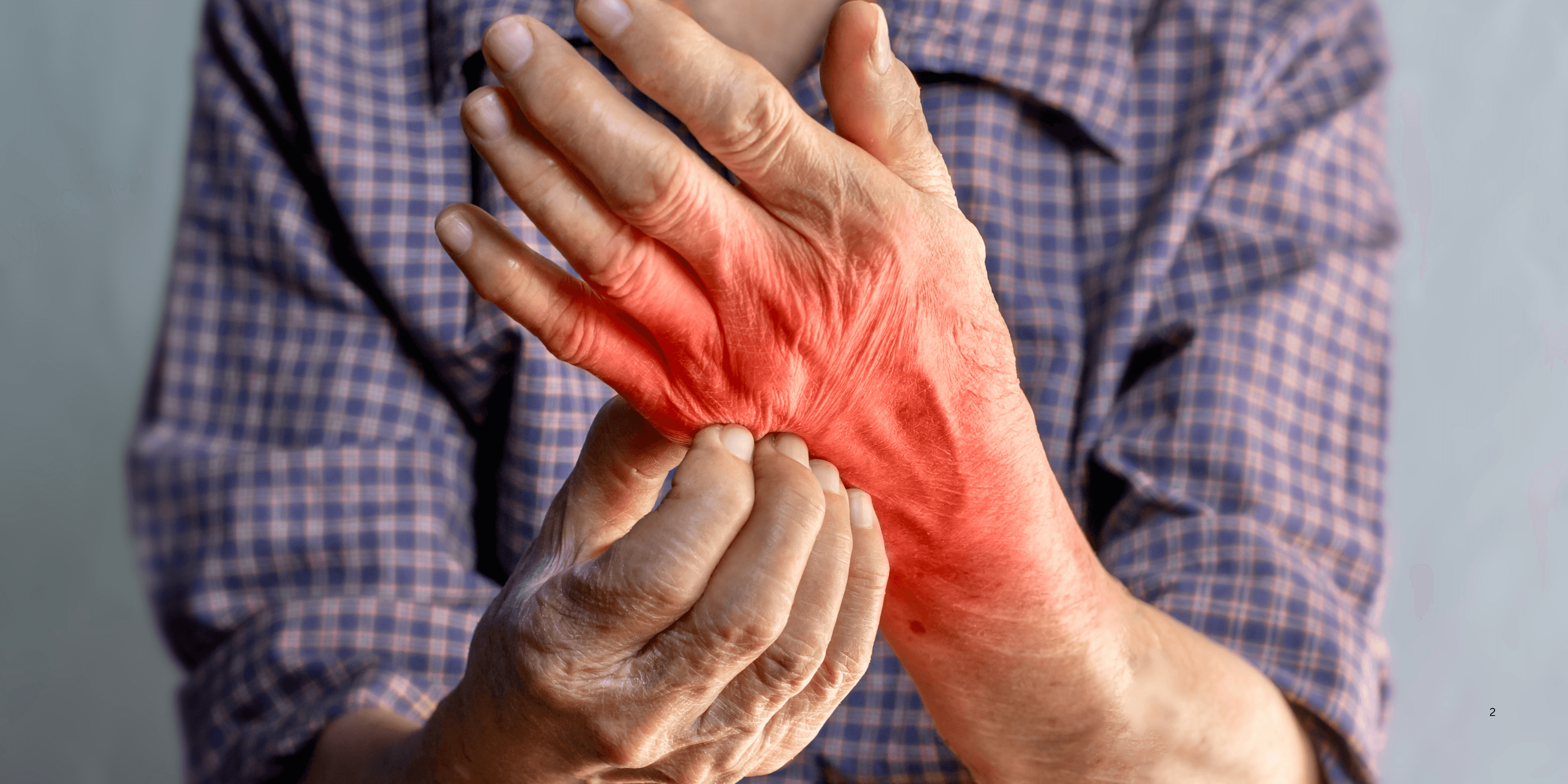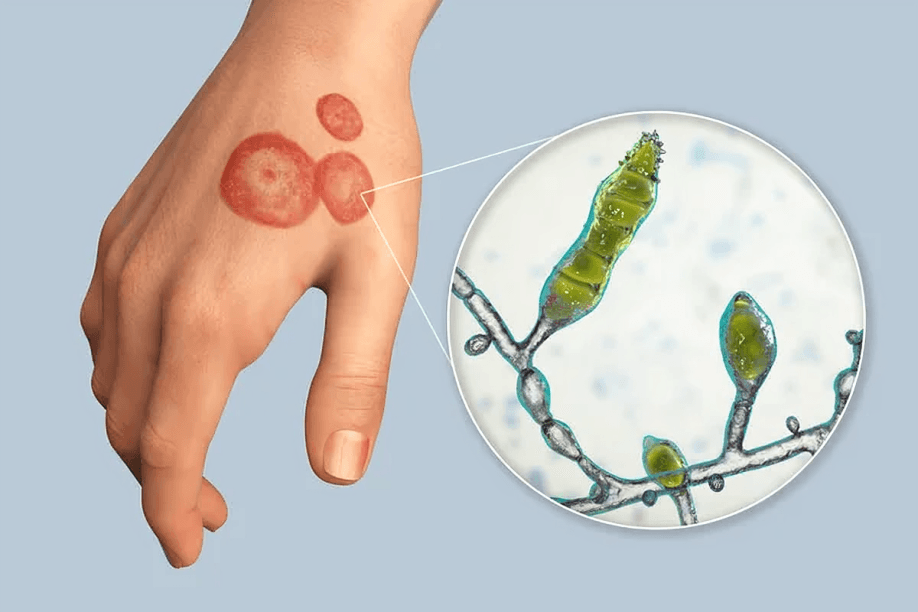
“
Understanding common skin infections is essential for maintaining skin health, especially since many of these conditions are contagious, irritating, or even painful. From bacterial and fungal infections to viral and parasitic cases, knowing how these infections appear, spread, and are treated can help you act quickly and wisely.1
1
”
Hippocrates, the ancient Greek physician, identified skin diseases as reflections of inner health, emphasizing that early skin issues often reveal imbalances or infections elsewhere in the body. 1
Skin infections like impetigo are extremely contagious and often begin as red sores around the nose or mouth. They form honey-colored crusts that can spread rapidly through direct contact with others. 2

Cellulitis is a bacterial infection that affects deeper skin layers and tissues, often resulting in red and tender skin that spreads quickly and needs prompt antibiotic treatment to prevent complications.
Ringworm is not caused by worms but by a fungus that feeds on keratin in the skin, hair, and nails, creating itchy, circular red rashes that can spread by touch or contact with contaminated surfaces. 3
Shingles result from the reactivation of the dormant chickenpox virus in the body, causing painful, blistering skin rashes usually in a single area, particularly in older adults or immunocompromised people. 4
Scabies is caused by tiny mites that burrow into the skin and lay eggs, triggering intense itching and rash; it spreads easily through prolonged skin-to-skin contact or shared bedding and clothing. 5
Folliculitis happens when hair follicles become infected by bacteria, leading to red pimples or pus-filled bumps on the skin, often due to shaving, friction, or wearing tight, non-breathable clothing. 6
Some skin infections are zoonotic, meaning they can transfer from animals to humans; an example is ringworm from pets like cats or dogs, especially if their fur has bald, flaky patches. 7
Cold sores are viral infections caused by herpes simplex virus type 1, leading to painful blisters around the lips or nose that remain dormant in the body and can reactivate during stress or illness. 8
Boils, or furuncles, are painful, pus-filled lumps caused by infected hair follicles; they may form under the arms, buttocks, or thighs and often require warm compresses or minor medical drainage. 9

In tropical climates, skin infections tend to be more frequent because heat, sweat, and humidity create ideal conditions for fungi and bacteria, especially among people who wear tight or unwashed clothing.
Erysipelas is a form of cellulitis with sharply defined borders and raised skin, mostly affecting the face or legs, caused by Streptococcus bacteria and typically treated with antibiotics. 10
Yeast infections such as candidiasis affect moist body areas like underarms or the groin, causing red, itchy, and sometimes white-patched rashes that worsen in warm weather or tight clothing. 11
Some skin infections mimic allergic reactions or eczema, so proper diagnosis by a dermatologist is vital to avoid mistreatment and worsening of symptoms through incorrect creams or home remedies. 12
Bacterial skin infections often start through broken skin, like cuts, giving Staphylococcus or Streptococcus bacteria entry, especially in unclean environments or among people with weakened immune defenses. 13
Viral skin infections can sometimes be mistaken for insect bites or allergic reactions, so it's crucial to monitor symptoms like fever, blistering, or spreading to decide whether medical help is necessary. 14
Overuse of antibiotics for skin infections can lead to resistant bacteria, so it's important to follow prescribed courses and avoid self-treatment without professional medical advice or confirmation. 15

Proper hygiene, such as regular handwashing and not sharing personal items like towels or razors, can dramatically reduce the risk of contracting or spreading common skin infections.
Even minor infections can become serious if left untreated, especially in children, the elderly, or those with low immunity, making early detection and care vital for avoiding long-term complications. 16
Philosophers like Avicenna believed skin changes reflected inner imbalances, a view modern medicine supports by using skin symptoms to detect early signs of internal infections. 17


